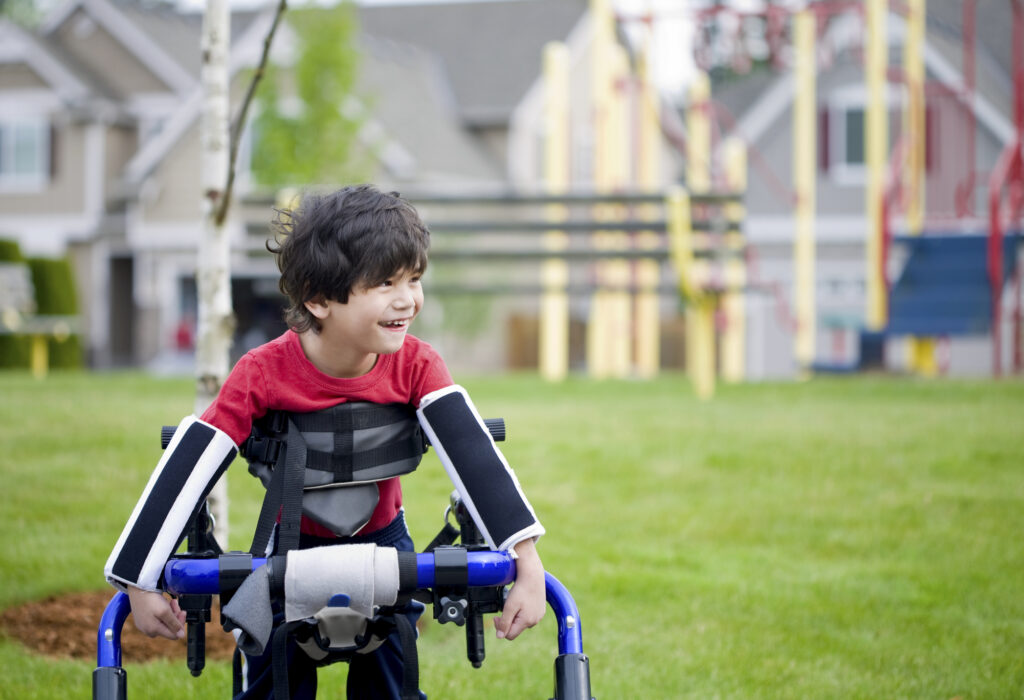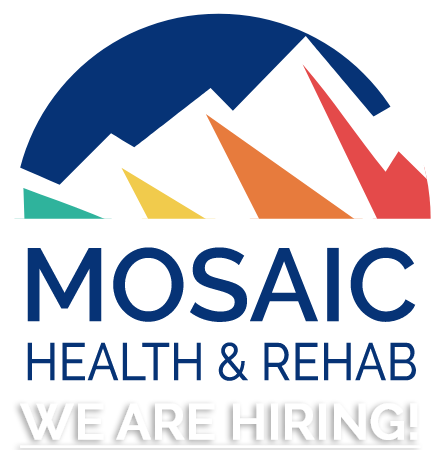Adaptive Equipment: Game Changing Tools for Kids

Every child deserves the opportunity to explore, learn, and engage with the world around them. For children with disabilities or movement challenges, adaptive equipment can be life-changing. These tools allow kids to walk, play, and participate in daily activities with greater ease. From walkers to specialized seating, adaptive equipment helps bridge the gap between ability and accessibility. It provides essential support that enhances independence, confidence, and overall quality of life.
What Is Adaptive Equipment?
Adaptive equipment refers to tools and devices that help children improve movement, stability, strength, and independence with daily activities. They can be used temporarily to support rehabilitation or long-term to improve independence and confidence.
Benefits of Adaptive Equipment
- Enhances Mobility and Independence – One of the most significant benefits of adaptive equipment is the freedom it provides. Devices like wheelchairs, walkers, and standers help children move around independently, allowing them to participate in everyday activities with their peers. Whether it’s playing at the park, navigating the classroom, or simply moving around at home, mobility aids give kids the ability to engage with their surroundings on their own terms.
- Improves Learning and Communication – For children with speech or cognitive challenges, adaptive communication devices, such as speech-generating devices or picture exchange systems, help them express their thoughts and needs. This can lead to better interactions with family, teachers, and friends, reducing frustration and encouraging social development. Additionally, adaptive learning tools—such as modified keyboards, sensory-friendly seating, and voice-to-text software—make education more accessible, ensuring that all children have the opportunity to reach their full academic potential.
- Boosts Confidence and Social Inclusion – Adaptive equipment empowers children by giving them the tools they need to participate in activities that might otherwise be difficult. When kids can move, learn, and communicate more effectively, they gain confidence in themselves and their abilities. This also fosters inclusion, allowing them to engage in group activities, form friendships, and feel like valued members of their communities.
- Supports Physical and Mental Well-being – Many adaptive devices also provide important health benefits. For example, standers and gait trainers can improve circulation, bone strength, and muscle tone. Adaptive seating can promote better posture and reduce discomfort. By making movement and engagement easier, these tools also contribute to mental well-being, reducing feelings of isolation and frustration.
Examples
- Gait Trainers – Gait trainers and walkers provide stability and support for children learning to walk or recovering from mobility impairments. These devices help strengthen leg muscles, improve balance and posture, and encourage independence in movement. Some models include harnesses or forearm supports for children who need additional help maintaining posture.
- Standers – Standers provide support to help children stand when they are unable to stand on their own. This is crucial for increasing bone density. It also allows the muscles to be lengthened and strengthened and ensures that kids can be eye level with family and peers to improve social interactions.
- Orthotics – Orthotics, such as Ankle-Foot Orthotics (AFOs) and Supramalleolar Orthotics (SMOs), provide structural support for children with weakness, toe-walking, low or high muscle tone, and poor balance. By stabilizing the foot and ankle, orthotics promote a natural walking pattern and reduce the risk of falls. They can also prevent loss of range of motion.
- Adaptive Bikes and Scooters – For children with coordination challenges, adaptive bikes and scooters offer a safe way to build leg strength, endurance, and confidence in movement. Many models include extra support for balance so children can safely enjoy outdoor activities.
- Specialized Seating and Positioning – Kids with poor posture, muscle weakness, or low tone may struggle to sit upright for long periods. Adaptive seating helps children stay comfortable while learning, eating, or playing. It helps maintain proper spinal alignment, reduces fatigue, and improves focus.
Are There Drawbacks?
Some parents worry that using adaptive equipment will make their child too dependent, but the truth is the opposite. These tools empower children to move, explore, and gain independence. If you think your child could benefit from adaptive equipment, talk to a pediatric physical therapist. With the right support, every child can reach their full potential! Adaptive equipment is more than just a tool. It’s a gateway to independence, confidence, and inclusion. By providing support tailored to each child’s unique needs, these devices open up new opportunities for learning, socializing, and personal growth. Every child deserves the chance to thrive, and with the right adaptive equipment, they can do just that.
